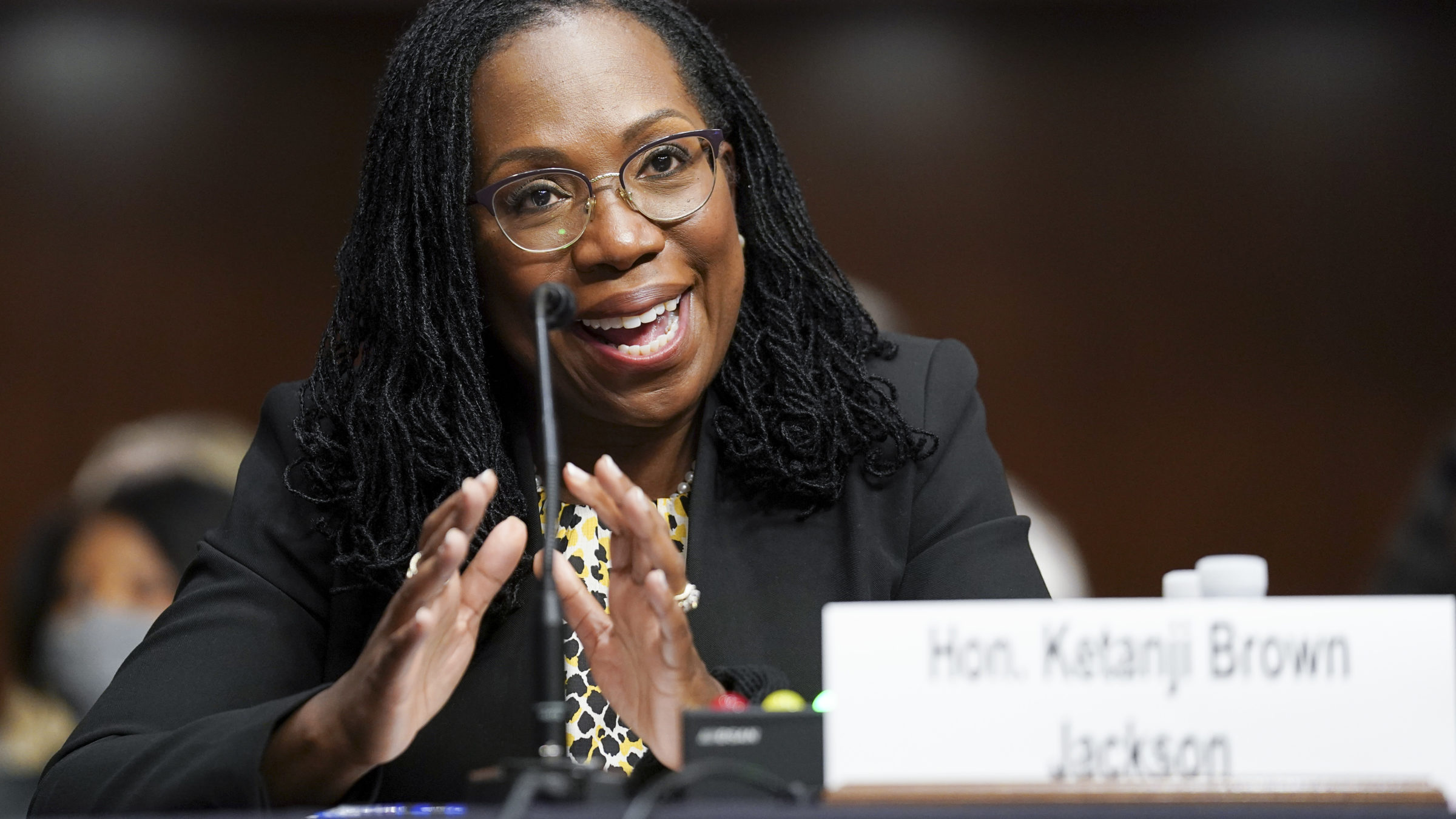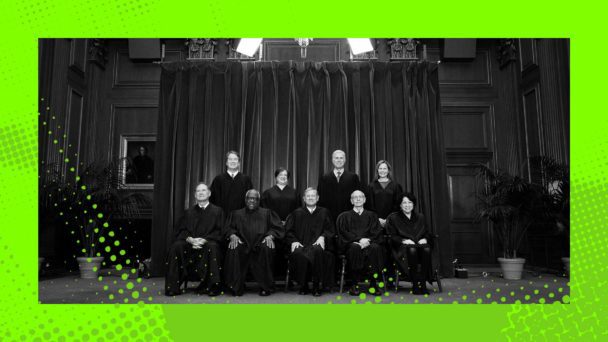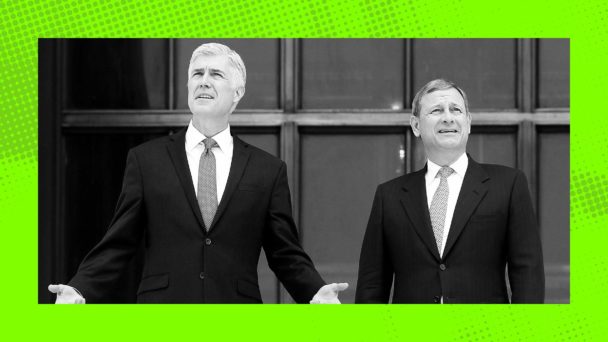Late last month, the Supreme Court released its opinion in Students For Fair Admissions, Inc. v Harvard, a case that asked whether the university’s race-conscious admissions process violates the Civil Rights Act of 1964 and the Equal Protection Clause of the Fourteenth Amendment. According to the Supreme Court, it does.
In his opinion, Chief Justice John Roberts argued that the Court’s previous affirmative action cases only allowed race-based admissions “within the confines or narrow restrictions” and that, at some point, those policies must end. “Respondents’ admissions systems—however well intentioned and implemented in good faith—fail each of these criteria,” he wrote.
This result isn’t a surprise from the Roberts Court. The chief justice in particular made his opinion on race-conscious policies clear in his 2007 opinion for Parents Involved v. Seattle Schoold District No. 1, a case about pro-integration policies in public schools: “The way to stop discriminating on the basis of race is to stop discriminating on the basis of race,” he wrote.
In Students For Fair Admissions, he expanded on this theory by comparing affirmative action to the “separate-but-equal” doctrine from the Supreme Court’s infamous decision in Plessy v. Ferguson. Both case, he argues, were “trying to derive equality from inequality.”
Before diving into how blithely ahistorical his argument here is, let’s take a look at Harvard’s admissions process as outlined in the decision: Every application is screened by a “first reader,” who gives a numerical score between one and five for academics, extracurriculars, athletics, school support, personal story, and an overall score. After the first read is complete, the school convenes subcommittees to evaluate all applicants from a specific region in order to make recommendations to the full admissions committee.
Then, the school convenes the full 40-person committee to discuss applicants who’ve been recommended by the subcommittees; this is when they discuss the applicant pool by racial makeup to make sure there isn’t a “dramatic drop-off” in minority admits from the last freshman class. The last stage is called the “lop,” when Harvard assembles a list of who to cut based on four criteria: legacy status, recruited athlete status, financial aid eligibility, and race
The best way to level the playing field, according to Roberts, is to slice off race from the available “lop list” criteria. This totally overlooks that legacy students made up about 28 percent of Harvard’s class in 2019. So, at this point in the process, the only way for a student who wasn’t recruited for Harvard’s sports teams or descended from Harvard alums to stand out is to be excellent and poor.
The alternative Roberts offers to students of color is to simply play up how hard their life has been. “Many universities have for too long wrongly concluded that the touchstone of an individual’s identity is not challenges bested, skills built, or lessons learned, but the color of their skin,” he writes. But for non-white Americans, those challenges, skills, and lessons were mostly, if not all, derived from working within a system that is unequal at nearly every level.

The alternative Roberts offers to students of color is to simply play up how hard their life has been. (Photo by Brooks Kraft LLC/Corbis via Getty Images)
The issue with Roberts’ approach is that he’s asking students of color to outline specifically how racism may have impacted their lives. But unless a college counselor explicitly tells a student that they shouldn’t apply to Harvard because they’re Black, that’s a tall order. It’s infinitely harder to prove that your predominantly-Black low-income public school with dwindling resources became that way by the invisible hands of systemic racism. And even if you did, many students can say the same. That is, after all, how a system works.
Racism isn’t just a collection of individual experiences ranging from unpleasant to devastating; it’s the residual, ongoing effects of widespread injustices of the past. Race scholars and historians have long argued that America was literally built on systemic inequity through the unpaid labor of enslaved Africans, and we still see those ripples every day: through racial profiling and unlawful police killings, social services and corporate work culture.
The liberal justices have long understood this framework. Justice Ketanji Brown Jackson’s dissent—”deeming race irrelevant in law does not make it so in life”—echoes the late Justice Ruth Bader Ginsburg’s dissent in 2013’s Shelby County v. Holder. In that case, Roberts and the conservatives defanged Section 5 of the Voting Rights Act, which required that jurisdictions with histories of racial discrimination submit changes to voting rules to the Justice Department or a federal court for approval. “Racial disparity in those numbers was compelling evidence justifying the preclearance remedy and the coverage formula,” Roberts wrote. “There is no longer such a disparity.”

Jackson’s dissent echoes Justice Ginsburg’s dissent in Shelby County v. Holder. (Photo by Kevin Lamarque-Pool/Getty Images)
In Students For Far Admissions, history repeats itself: Roberts looks at a policy designed to prevent racism, thinks that it’s working, and decides it’s no longer needed. But in this case, Black and brown students are more underrepresented at top colleges than they were decades ago. The policy hadn’t even reached its full potential, and Students For Fair Admissions will only make the problem worse. The American education system writ large is rife with inequality, and states that have banned affirmative action have seen a drop in Black and Hispanic enrollment rates ever since.
Roberts isn’t asking for fairer competition, because the Supreme Court has done nothing to address the privileges applied to legacy applicants. Nor does he misunderstand the benefits of affirmative action, considering the Court’s opinion conspicuously kept the policy in place for service academies. What he and the conservatives want is for Black and brown students to work even harder to get ahead, in a landscape where people of color already work twice as hard to get half of what their white counterparts get.



